Home>Articles>Why Does Flushing The Toilet Affect The Shower
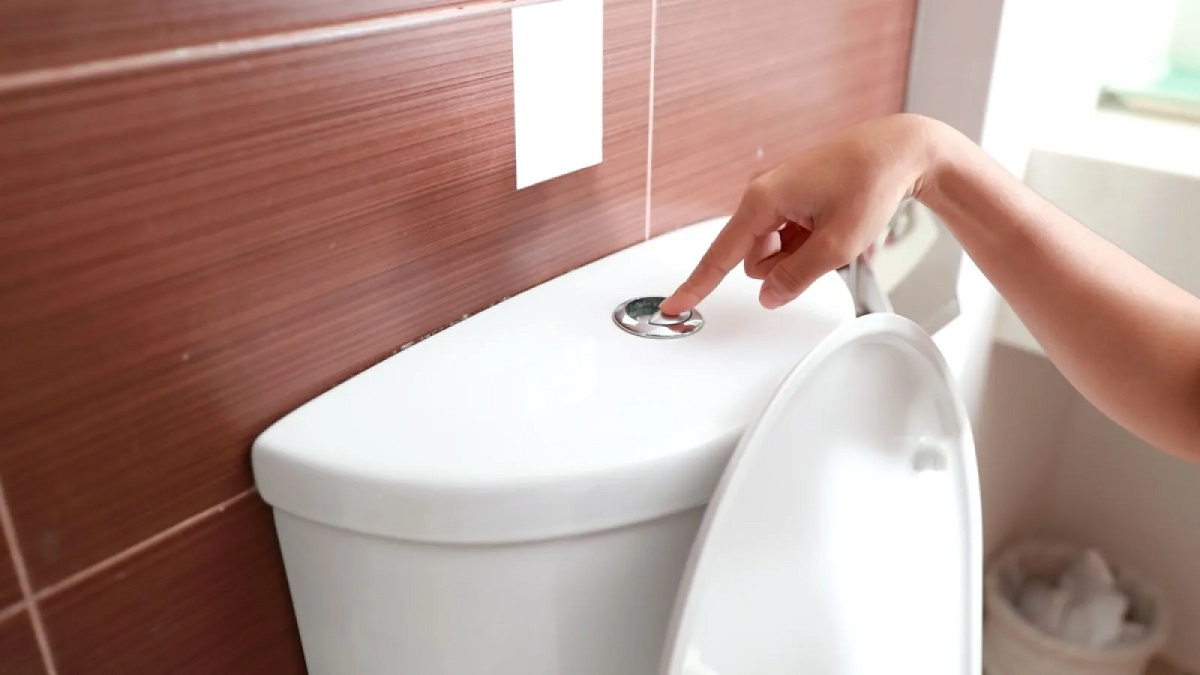

Articles
Why Does Flushing The Toilet Affect The Shower
Modified: August 24, 2024
Find out why flushing the toilet affects the shower in this informative article. Learn about the plumbing connections and the science behind this common phenomenon.
(Many of the links in this article redirect to a specific reviewed product. Your purchase of these products through affiliate links helps to generate commission for Storables.com, at no extra cost. Learn more)
Introduction
Have you ever been in the middle of a relaxing shower, only to have the water suddenly turn ice-cold or lose pressure? If so, you may have wondered why flushing the toilet can have such a profound effect on your shower experience. The connection between these two seemingly unrelated fixtures in your home is rooted in the plumbing system and the forces at play within it.
To understand why flushing the toilet affects the shower, we need to delve into the inner workings of the plumbing system and the role of water pressure. By gaining a deeper understanding of these factors, we can explore how flushing the toilet can disrupt the flow of water to the shower and discuss potential solutions to minimize this impact.
So, fasten your seatbelts and get ready for a dive into the fascinating world of plumbing as we uncover the mystery behind the perplexing relationship between flushing the toilet and its effect on the shower.
Key Takeaways:
- Flushing the toilet can disrupt shower water pressure due to the shared plumbing system. Understanding the impact and implementing solutions can help maintain a consistent and enjoyable shower experience.
- Factors such as poor plumbing design and aging pipes can worsen the impact of toilet flushing on the shower. Upgrading the plumbing system and considering alternative fixtures can minimize disruptions.
Read more: Why Does My Toilet Whistle After Flushing
Understanding the Plumbing System
Before we can fully comprehend why flushing the toilet can impact the shower, it’s essential to have a basic understanding of the plumbing system. In a typical residential setting, the plumbing system consists of a network of pipes, valves, and fixtures that work together to provide clean water and remove wastewater.
The main water supply line brings water from the municipal source into the home and distributes it to various fixtures, including sinks, toilets, showers, and more. The wastewater is then funneled into separate drain lines and transported to the sewer system or septic tank.
Central to the plumbing system’s functionality is the concept of water pressure. Water pressure refers to the force exerted by the water against the pipe walls as it flows through the system. This pressure is what allows water to reach the desired fixtures with adequate force and volume.
In a well-designed plumbing system, water pressure is maintained at a consistent level to ensure a satisfactory user experience. However, variations in water pressure can occur due to various factors, including the elevation of the property, the distance from the water source, and the size of the pipes.
Now that we have a grasp of the plumbing system’s components and the importance of water pressure, let’s delve into how water pressure can be affected by the act of flushing a toilet.
The Role of Water Pressure
Water pressure plays a crucial role in ensuring optimal functioning of the plumbing system. It determines the force and rate at which water is delivered to various fixtures in your home, including showers, faucets, and toilets. Understanding how water pressure works will shed light on why flushing the toilet can have an impact on the shower.
Water pressure is typically measured in pounds per square inch (PSI). The higher the PSI, the stronger the water flow. In residential settings, water pressure is regulated to prevent pipes from bursting and to ensure a consistent flow of water throughout the system.
Water pressure is primarily influenced by two factors: the elevation of the property and the water source’s distance from the home. As water travels uphill or over long distances, it can lose pressure due to gravitational forces and friction against the pipe walls.
In order to maintain adequate water pressure, properties located at higher elevations or farther from the water source may require the use of additional equipment, such as booster pumps, to increase the pressure in the plumbing system.
When it comes to the shower, water pressure is particularly important as it affects the comfort and effectiveness of your showering experience. Insufficient water pressure can result in weak streams of water that make it difficult to rinse off soap and shampoo effectively.
Now that we’ve established the significance of water pressure, let’s explore how flushing the toilet can disrupt this delicate balance and impact the flow of water to the shower.
Impact of Toilet Flushing on Water Pressure
One might wonder how something as simple as flushing a toilet can have a significant impact on water pressure throughout the plumbing system. The answer lies in the way the plumbing system is designed and the interaction between different fixtures.
When a toilet is flushed, it triggers a mechanism that releases a rush of water into the toilet bowl. This sudden influx of water creates a disturbance in the plumbing system, which can cause a temporary drop in water pressure.
The drop in water pressure occurs because the sudden demand for water to fill the toilet tank diverts water away from other fixtures in the house, including the shower. As a result, the shower may experience reduced water flow and lower water pressure.
Additionally, older plumbing systems or homes with smaller pipes may be more prone to experiencing a greater impact on water pressure when a toilet is flushed. The narrower pipes restrict the flow of water, amplifying the effects of the sudden water demand.
It’s worth noting that the impact of toilet flushing on water pressure is typically temporary. Once the toilet tank is refilled and the water flow stabilizes, the water pressure should return to normal. However, in some cases, especially in older or poorly designed plumbing systems, the effects may linger for a longer period.
So, the next time you notice a change in the water pressure during or after flushing the toilet, remember that it’s a natural consequence of the plumbing system’s dynamics.
Check the water pressure in your home. Flushing the toilet can affect the shower if there is a drop in water pressure, which may be caused by a clog in the pipes or a malfunctioning pressure regulator.
How the Shower is Affected by Toilet Flushing
When the toilet is flushed and the water pressure drops, the impact on the shower can be noticeable. Several factors contribute to how the shower is affected by toilet flushing:
- Water Flow and Pressure: The reduced water flow and pressure caused by the sudden demand from the toilet can result in weaker water streams from the showerhead. This can make it challenging to achieve a satisfying shower experience.
- Temperature Fluctuations: In some cases, flushing the toilet can cause a momentary shift in water temperature in the shower. If the cold water supply is disrupted or temporarily diminished, you may experience a sudden burst of hot water or a temporary decrease in water temperature.
- Intermittent Water Supply: Depending on the severity of the water pressure drop, the shower may experience intermittent water supply. This means that the water flow may fluctuate or even completely stop during the flushing process, making it difficult to continue showering without interruptions.
- Inconsistent Shower Performance: The combination of reduced water flow and pressure can compromise the performance of the shower. The water may not have enough force to effectively rinse off soap and shampoo, making your shower less efficient and potentially prolonging your showering time.
It’s important to note that the extent of the impact on the shower will vary depending on the specific plumbing system, the state of the pipes, and the overall water pressure. Homes with well-maintained plumbing systems and larger pipes may experience minimal effects, while older homes or those with smaller pipes may face more pronounced disruptions.
Understanding how the shower is affected by toilet flushing can help you manage your expectations when it comes to water pressure and temperature consistency. By being aware of these potential issues, you can take the necessary steps to minimize the impact and maintain a more enjoyable shower experience.
Factors that Can Worsen the Impact
While flushing the toilet can have a temporary impact on the shower, there are certain factors that can worsen the effects. These factors can exacerbate the drop in water pressure and further disrupt the showering experience. Let’s dive into some factors that can worsen the impact:
- Poor Plumbing System Design: Homes with outdated or poorly designed plumbing systems are more susceptible to experiencing significant drops in water pressure when the toilet is flushed. Improperly sized pipes, inadequate water supply lines, or inefficient pressure regulators can all contribute to a worsened impact on the shower.
- Aging Pipes: Over time, pipes can develop leaks, corrosion, or mineral buildup, which can restrict water flow and reduce overall water pressure. Aging pipes are more likely to worsen the impact of toilet flushing on the shower as they are already compromised in terms of efficiency.
- Shared Water Lines: In some cases, multiple fixtures, including the shower and toilet, may be connected to the same water lines. If water flow and pressure are already compromised due to shared lines, flushing the toilet can further strain the water supply, intensifying the impact on the shower.
- Low Water Pressure: Homes located in areas with naturally low water pressure may experience a more severe impact on the shower when the toilet is flushed. The lack of adequate water pressure to begin with makes it easier for fluctuations to disrupt water flow and pressure.
- Tankless Water Heaters: Homes equipped with tankless water heaters may experience a more noticeable impact on the shower. These heaters rely on a consistent water flow rate to provide hot water, and a drop in water pressure can lead to fluctuations in temperature or even a complete loss of hot water.
It’s essential to consider these factors when assessing the potential impact of toilet flushing on the shower. By being aware of these additional factors, you can better understand why the impact may differ from one household to another and explore possible solutions to address any worsened effects.
Solutions to Minimize the Effect of Toilet Flushing on the Shower
While it may be challenging to completely eliminate the impact of toilet flushing on the shower, there are several solutions you can explore to minimize the effects and maintain a more consistent showering experience. Consider the following options:
- Upgrade Your Plumbing System: If you have an older home with outdated plumbing, consider upgrading your plumbing system. This may involve replacing old pipes with wider ones, installing pressure regulators, or adding booster pumps to improve overall water flow and pressure.
- Separate Water Lines: If your shower and toilet share the same water lines, it may be beneficial to consider separating them. This can help alleviate the impact of toilet flushing on the shower by providing dedicated water lines for each fixture.
- Install a Pressure-Compensating Showerhead: Pressure-compensating showerheads are designed to maintain a consistent flow of water regardless of changes in water pressure. By installing one, you can help mitigate the effects of flushing the toilet on the shower.
- Consider a Dual-Flush Toilet: Dual-flush toilets offer the option to flush with different water volumes, typically a smaller amount for liquid waste and a larger amount for solid waste. By reducing the water volume used for flushing, you can minimize the impact on water pressure.
- Time Your Toilet Flushes: Timing your toilet flushes can help reduce the likelihood of disrupting the shower. Try to coordinate flushes when the shower is not in use or plan for additional time between toilet flushes and shower usage.
- Consult a Professional: If you’re experiencing persistent and significant disruptions in water pressure and flow, it may be beneficial to consult a professional plumber. They can assess your plumbing system, identify any underlying issues, and provide tailored recommendations to minimize the impact on the shower.
By implementing these solutions, you can create a more harmonious coexistence between the toilet and the shower. Remember that the effectiveness of these solutions may vary depending on your specific plumbing system and the extent of the impact. Experiment with different approaches and consult with professionals to find the best solution for your unique situation.
Conclusion
The relationship between flushing the toilet and its impact on the shower may initially seem puzzling, but it is rooted in the intricate workings of the plumbing system. Flushing the toilet can temporarily disrupt water pressure, resulting in reduced flow and potentially affecting the temperature and consistency of the shower.
Understanding the plumbing system, the role of water pressure, and the factors that can worsen the impact is essential in addressing these issues. While it may be challenging to completely eliminate the impact, there are solutions available to minimize its effects.
Upgrading your plumbing system, separating water lines, and installing pressure-compensating showerheads are effective ways to mitigate the impact of toilet flushing on the shower. Considering a dual-flush toilet and timing your flushes can also help minimize disruptions. Additionally, consulting a professional plumber can provide valuable insights and tailored recommendations for your specific plumbing system.
By taking proactive measures and exploring these solutions, you can create a more enjoyable and consistent showering experience in your home.
So, the next time you find yourself in the midst of a shower interrupted by a toilet flush, remember that understanding the dynamics of the plumbing system and implementing appropriate measures can help you minimize the impact and maintain a tranquil and refreshing shower experience.
Frequently Asked Questions about Why Does Flushing The Toilet Affect The Shower
Was this page helpful?
At Storables.com, we guarantee accurate and reliable information. Our content, validated by Expert Board Contributors, is crafted following stringent Editorial Policies. We're committed to providing you with well-researched, expert-backed insights for all your informational needs.
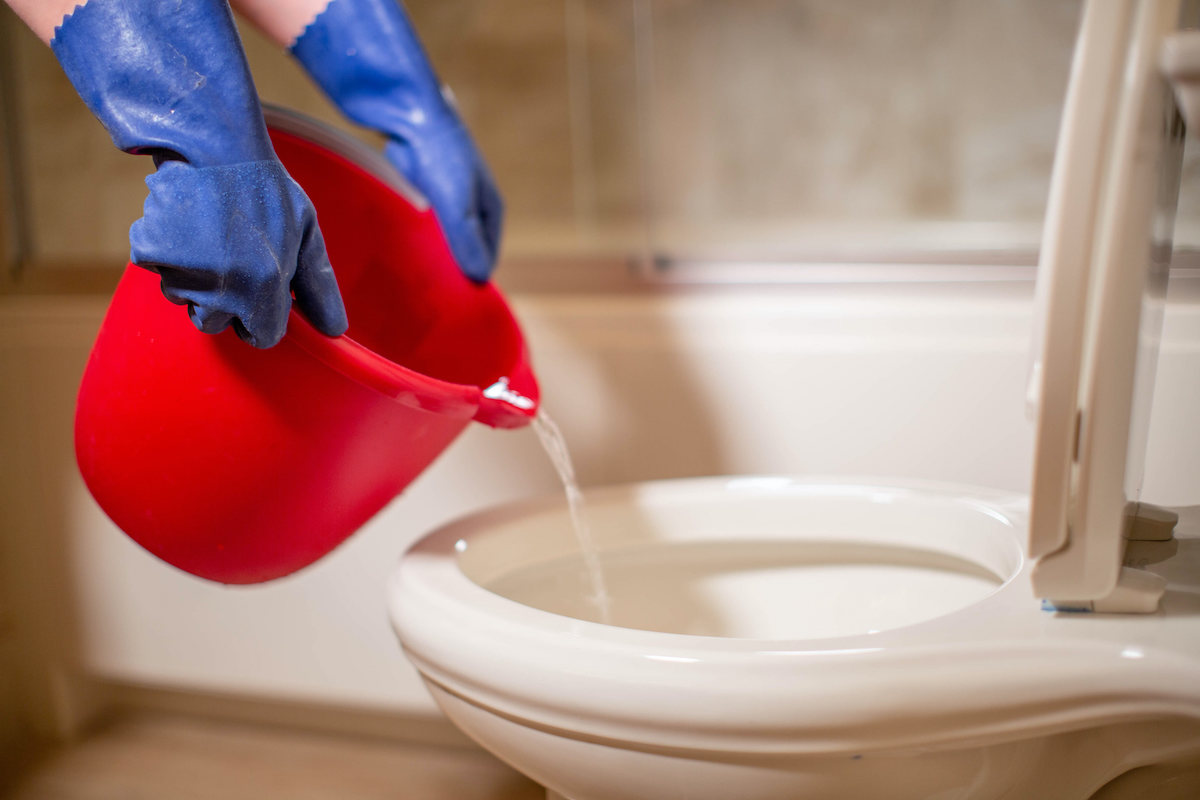
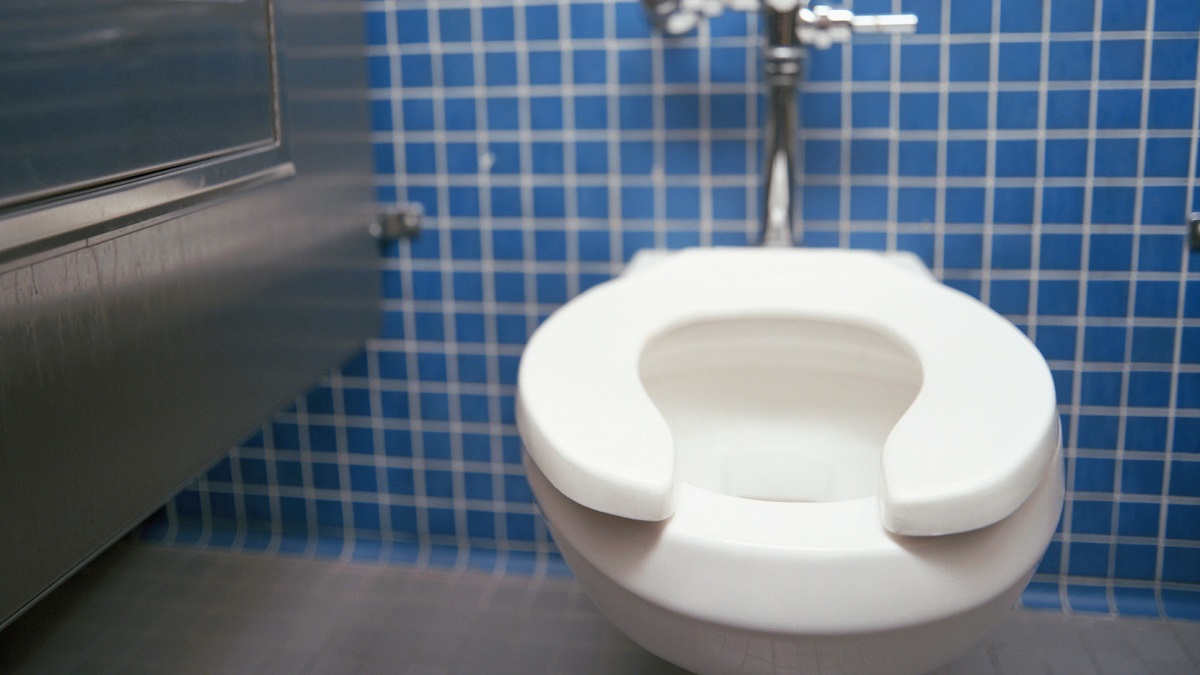
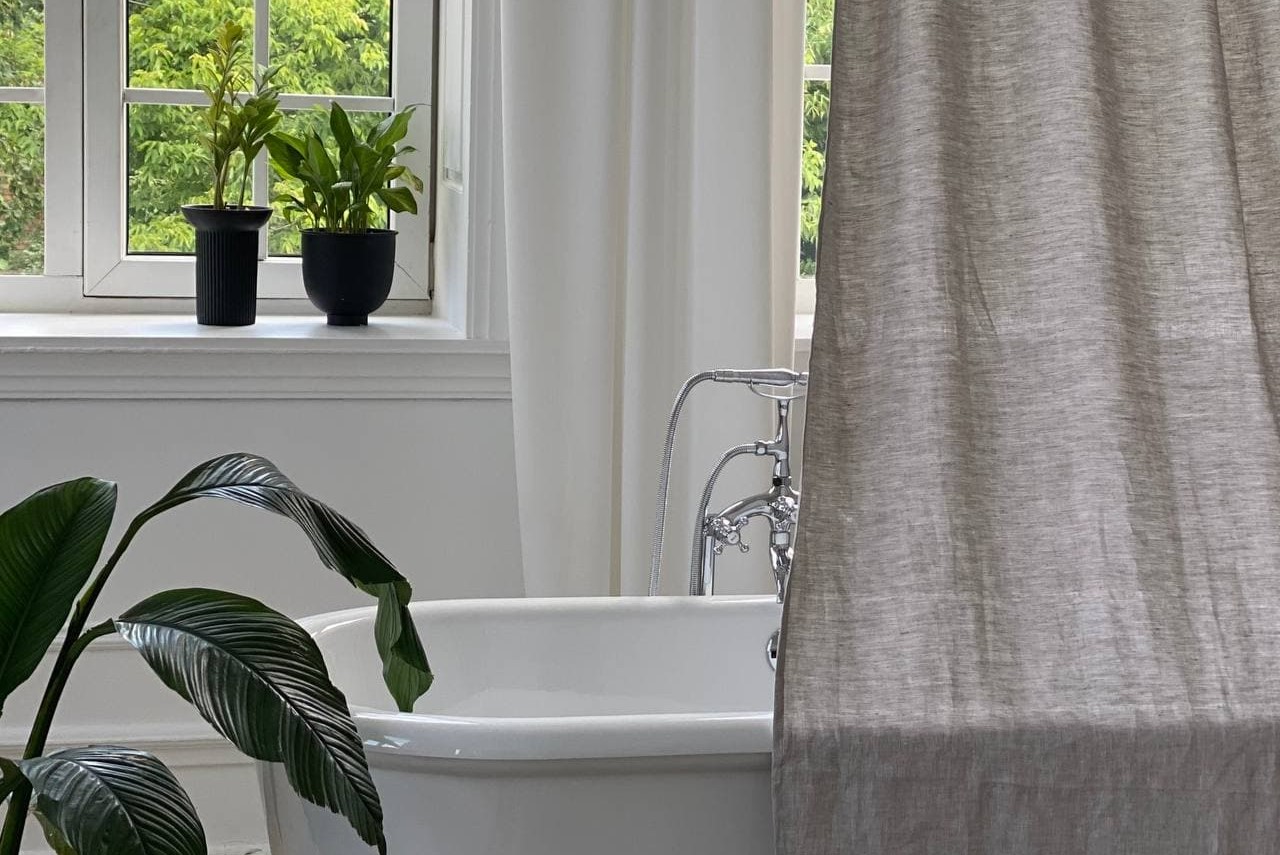

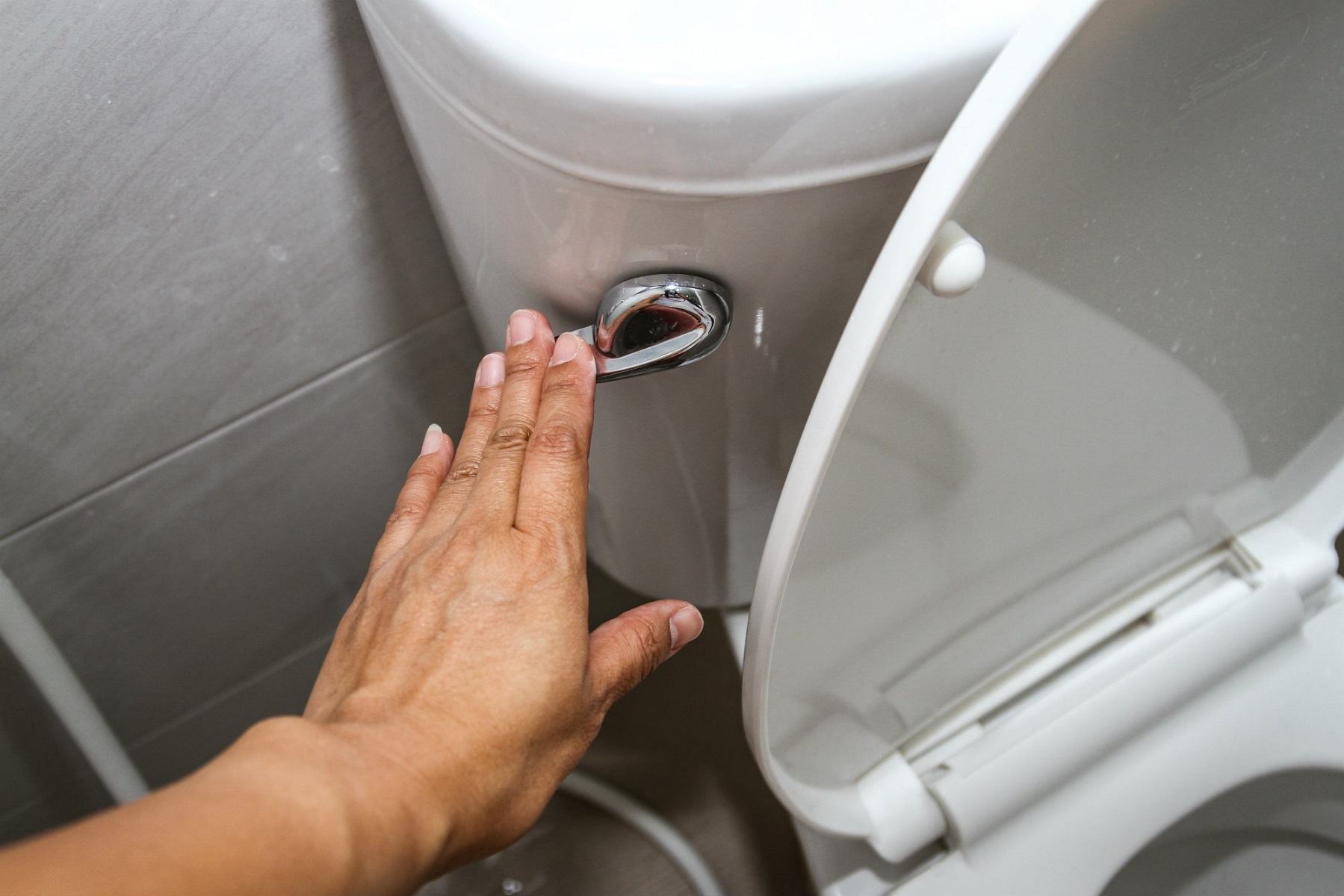
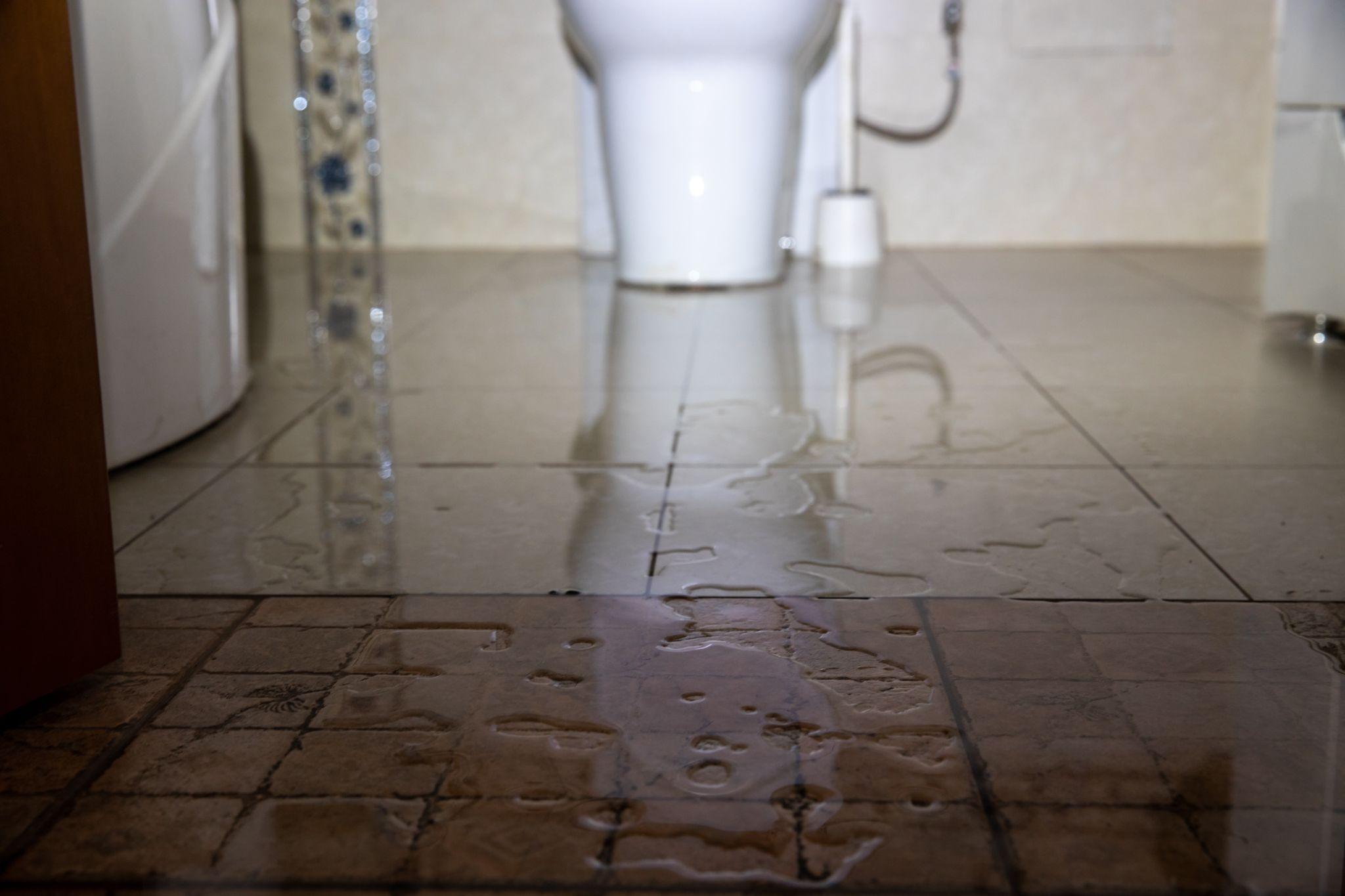
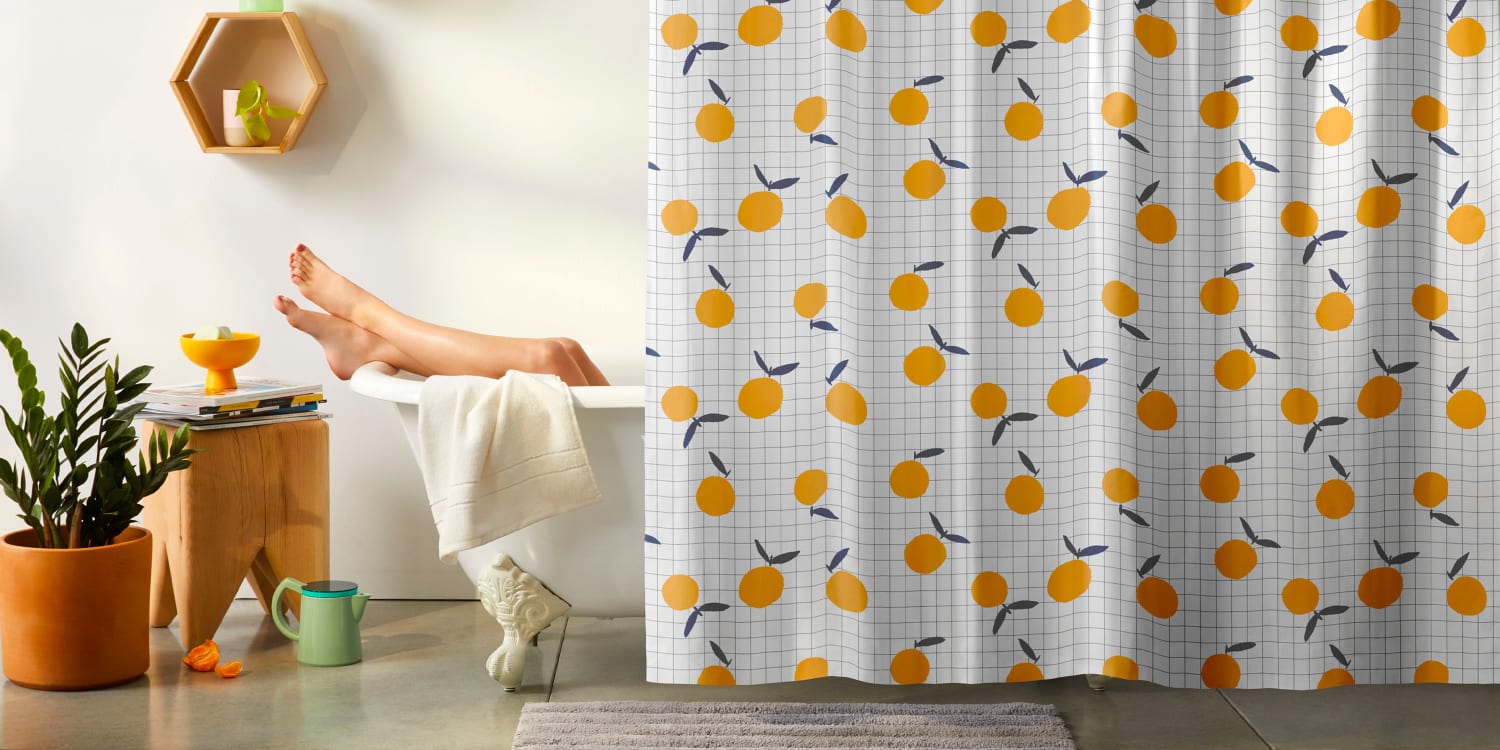
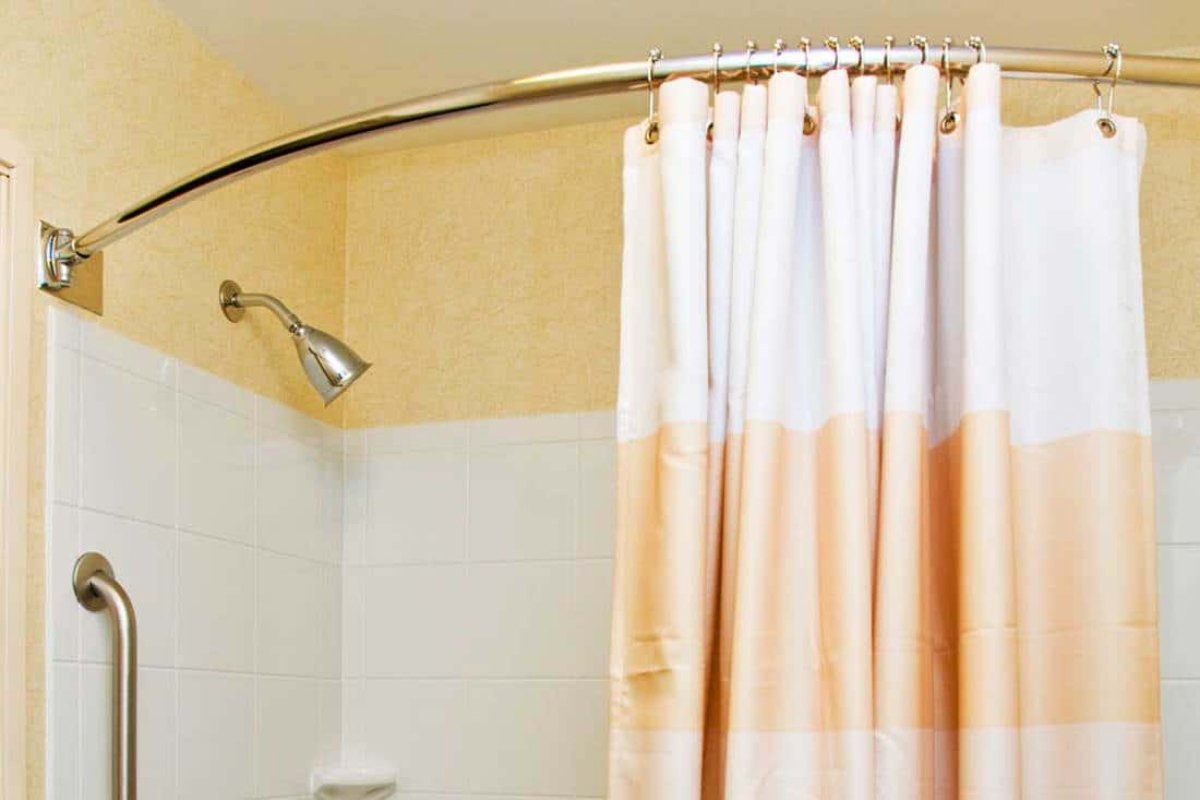
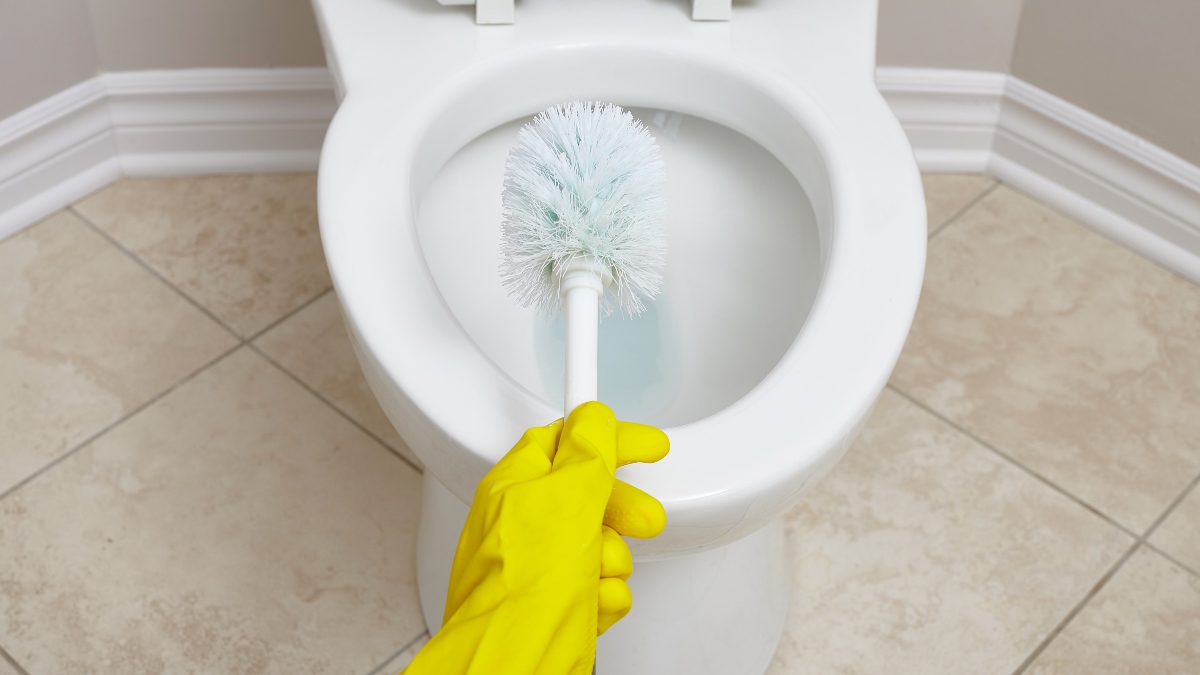
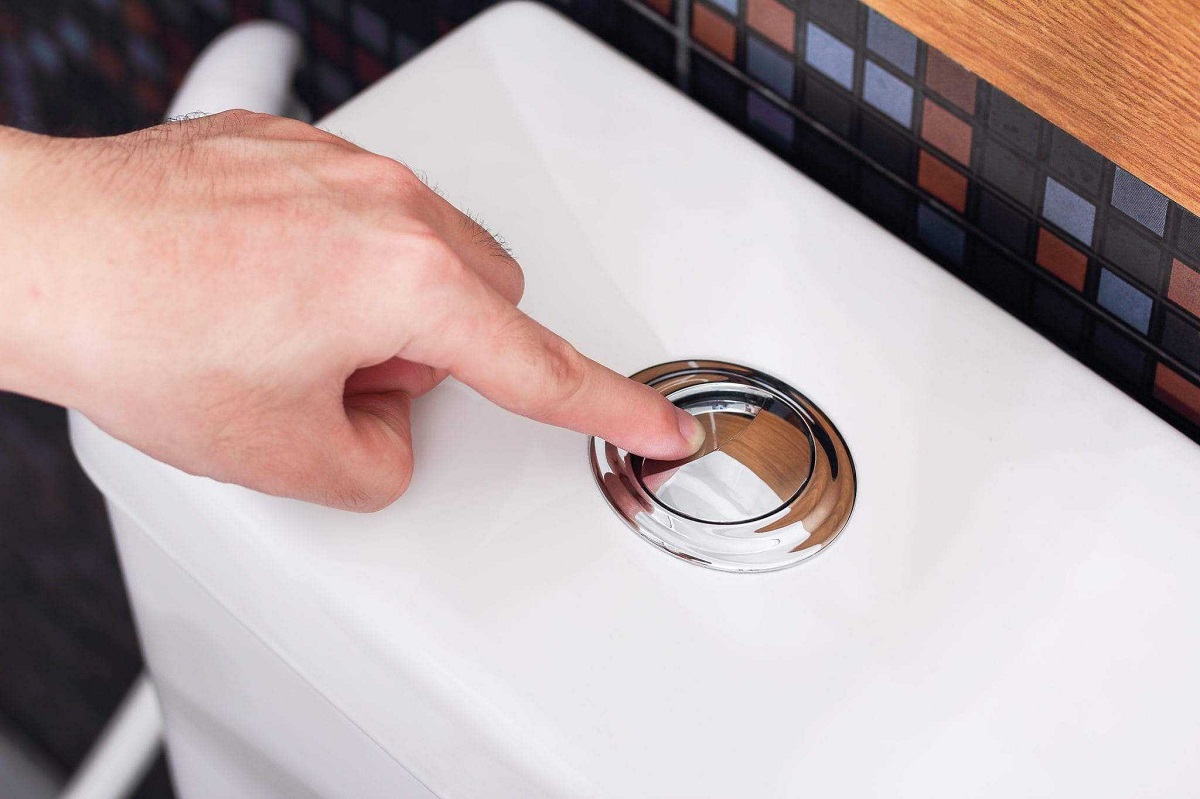
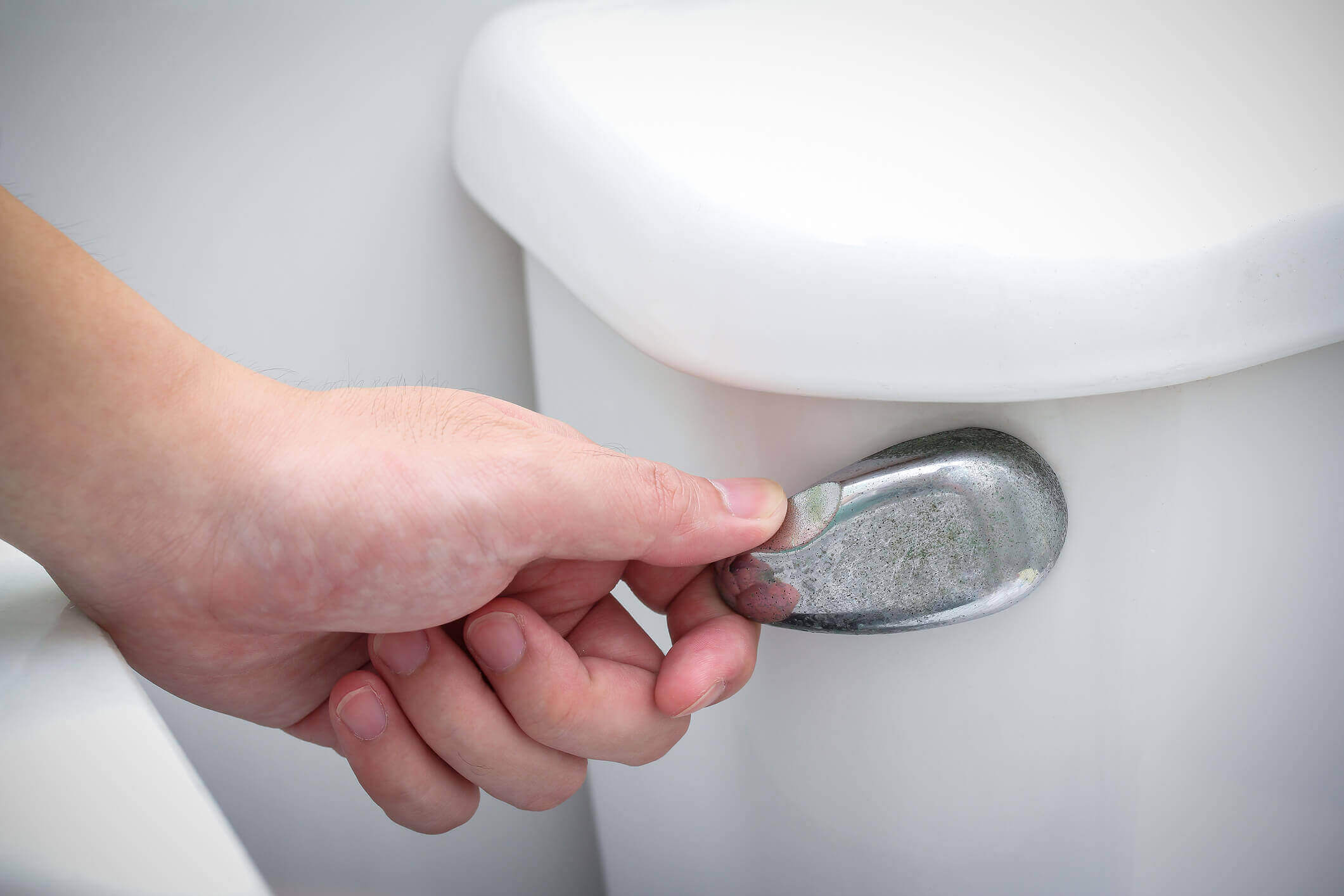
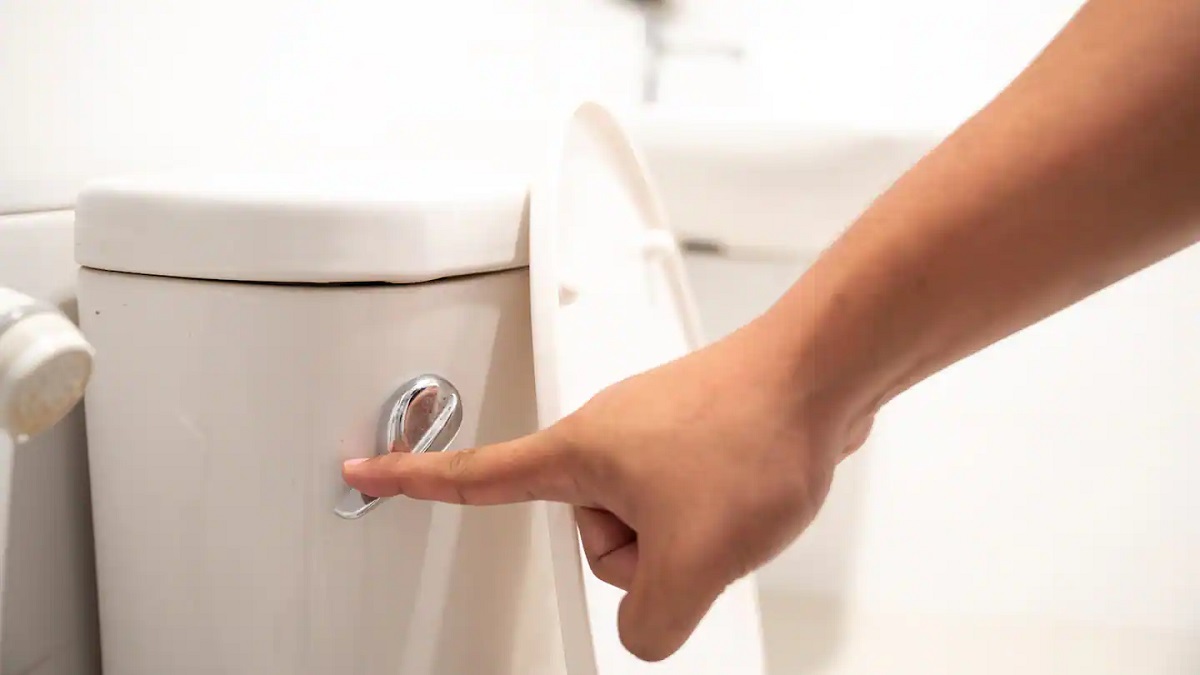
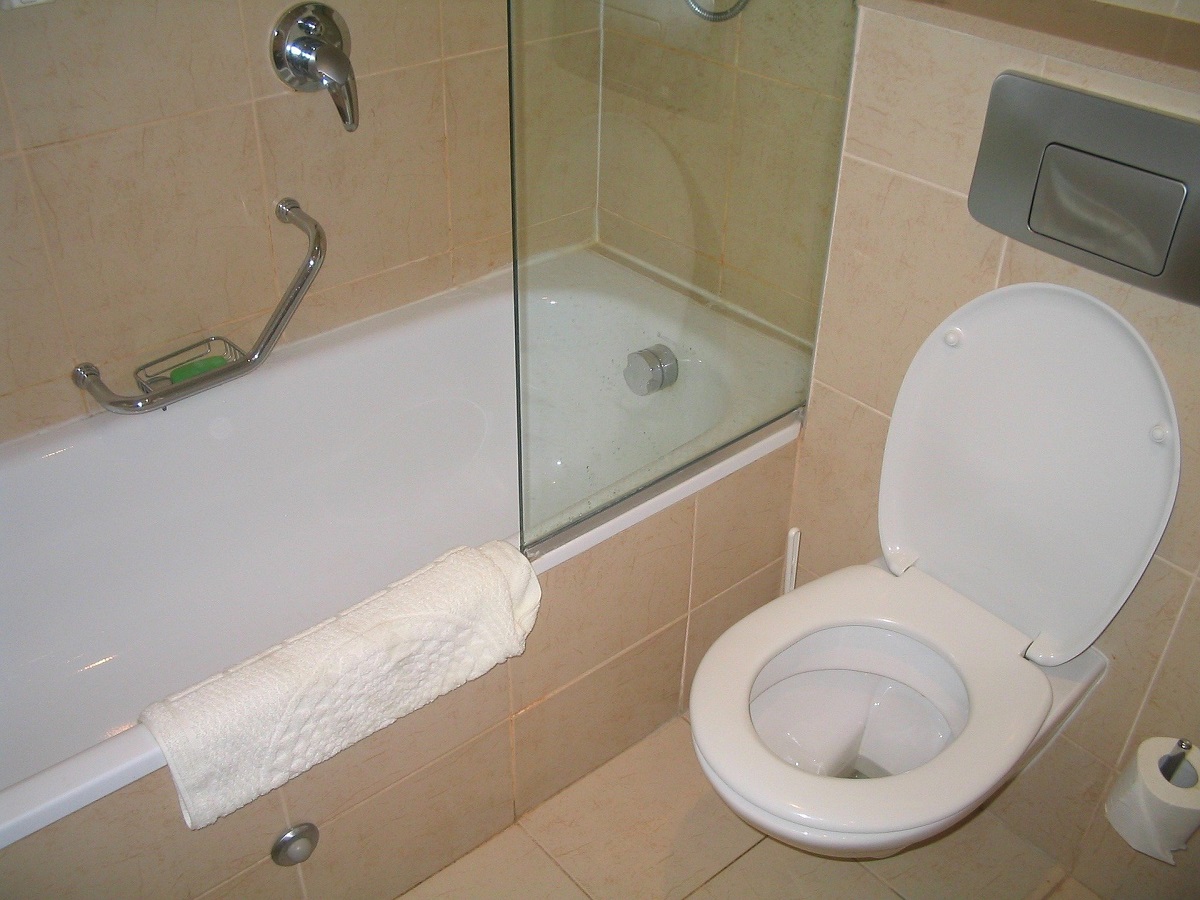
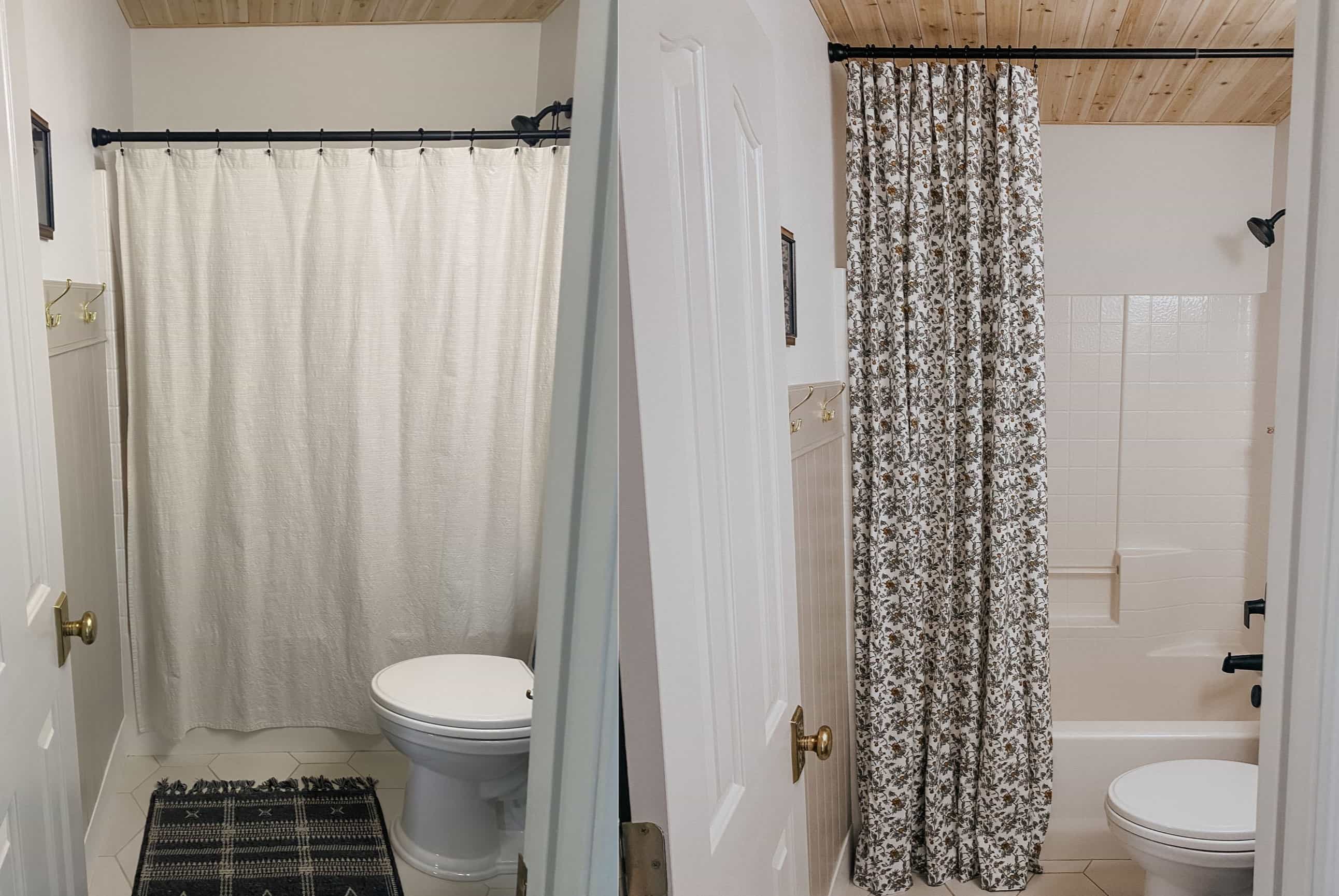

0 thoughts on “Why Does Flushing The Toilet Affect The Shower”